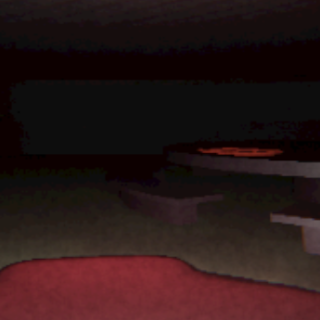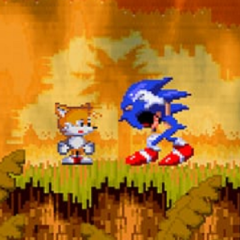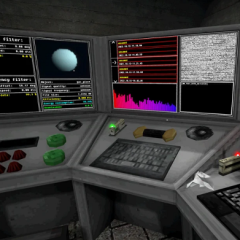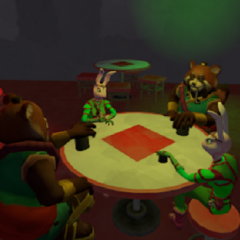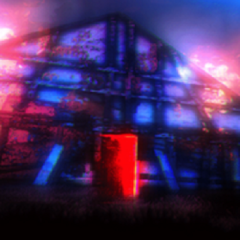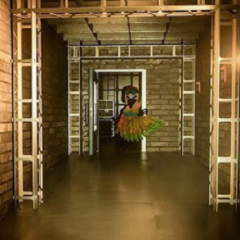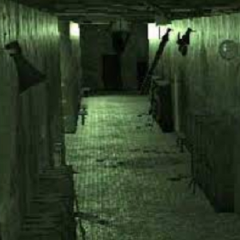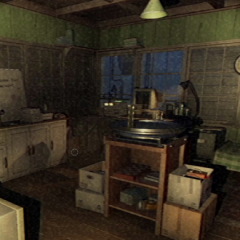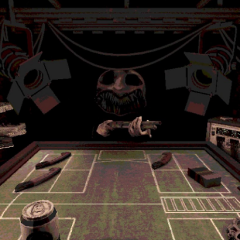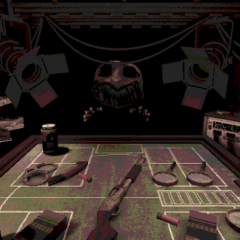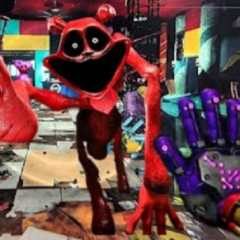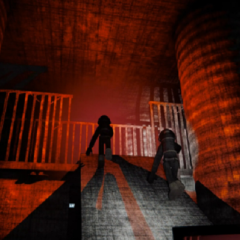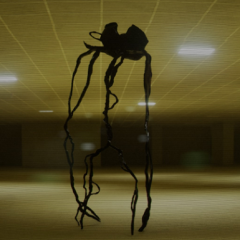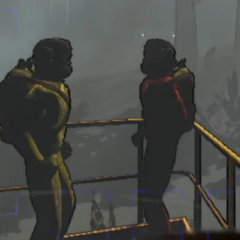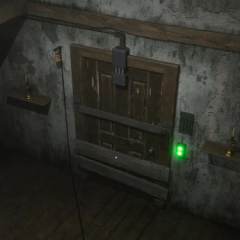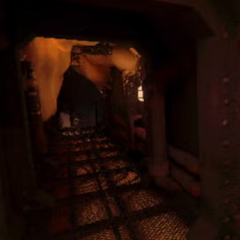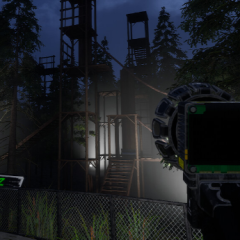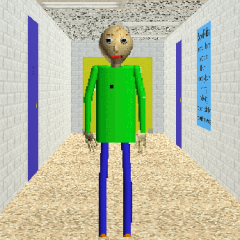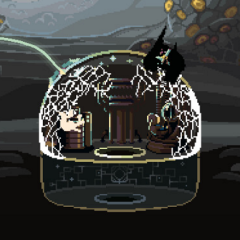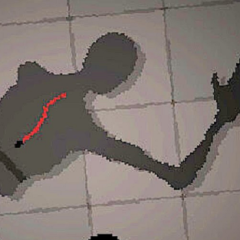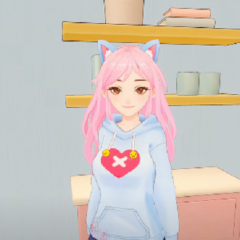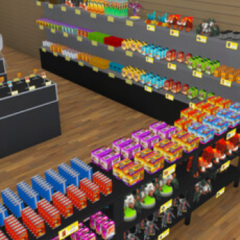Among Us 3D
Among Us 3D is an adaptation of the original social deduction game into a three-dimensional environment. The setting remains focused on crew members working together inside a space station or spaceship while hidden impostors attempt to sabotage them. The 3D perspective changes how players explore rooms, complete tasks, and observe suspicious behavior. This shift introduces spatial awareness as a core part of strategy, since players can now move in depth and height, not just across flat areas.
Gameplay Systems
Players are divided into two groups: crewmates and impostors. Crewmates complete assigned tasks to achieve victory, while impostors eliminate crewmates or cause system failures. The 3D space requires players to navigate corridors, rooms, and vertical structures while maintaining awareness of their surroundings. Tasks are still short activities such as repairing wiring, diverting power, or calibrating equipment, but they are now performed through three-dimensional interactions. Emergency meetings and voting remain the main way to remove impostors from the game.
Core elements that define the structure of play include:
· task completion as the primary crewmate goal
· sabotage systems controlled by impostors
· elimination of crewmates through stealth
· emergency meetings and discussion phases
· voting to remove suspected impostors
These elements combine the classic deduction loop with movement and positioning in 3D space.
Visual and Spatial Impact
The addition of 3D design changes how information is perceived. Line of sight is now limited by walls, elevation, and room layouts, which affects both hiding and detection. Vent systems allow impostors to move between floors or different sides of the map quickly, increasing uncertainty for crewmates. Cameras or monitoring systems can be placed at fixed angles, requiring players to use observation strategically. The three-dimensional setting emphasizes what is said during discussions and what players notice in movement and positioning.
Multiplayer and Modes
Among Us 3D supports both public and private lobbies where groups of players can organize matches. The number of impostors, task settings, and map layouts can be adjusted before each session. Voice chat or text chat remains part of the discussion stage, and decisions are based on both evidence and persuasion. The 3D format can be combined with new modes or maps, offering variety beyond the original layouts. Progression is tied to match history, player statistics, and cosmetic customization options.
Core Purpose
The main focus of Among Us 3D is to retain the social deduction mechanics of the original while adapting them into a more immersive environment. The game requires players to observe behavior, manage risk, and communicate during discussions. The addition of three-dimensional navigation adds a new dimension of strategy, as impostors and crewmates must use the environment effectively. The result is a familiar framework presented in a new format that emphasizes observation, cooperation, and deception.
